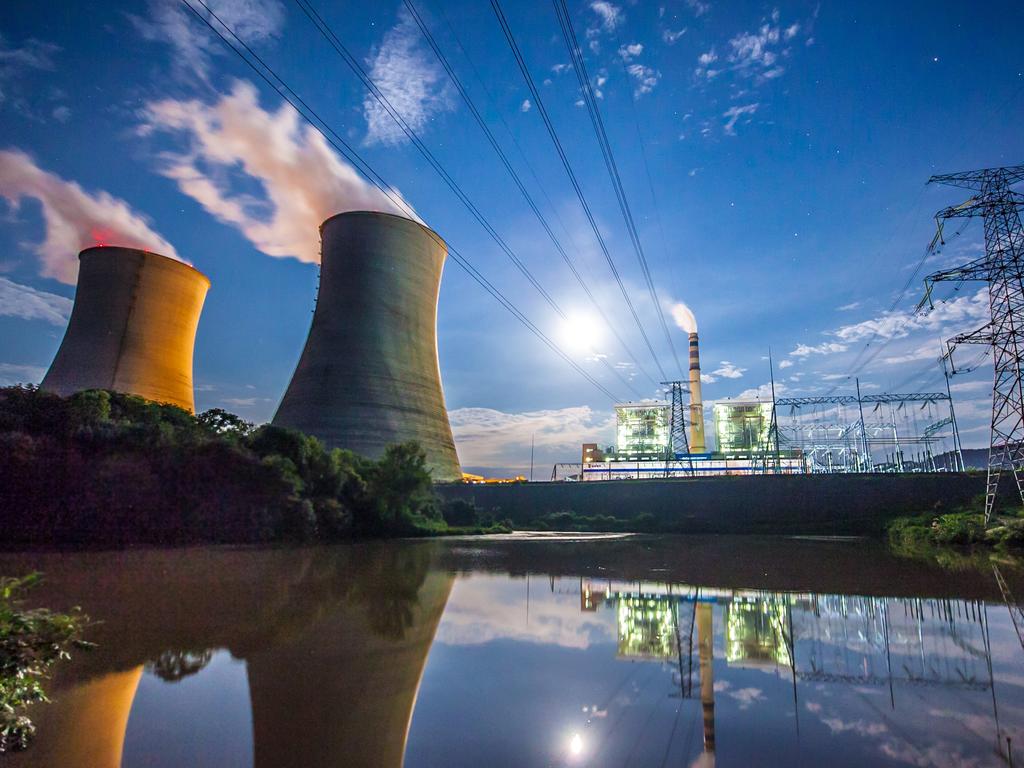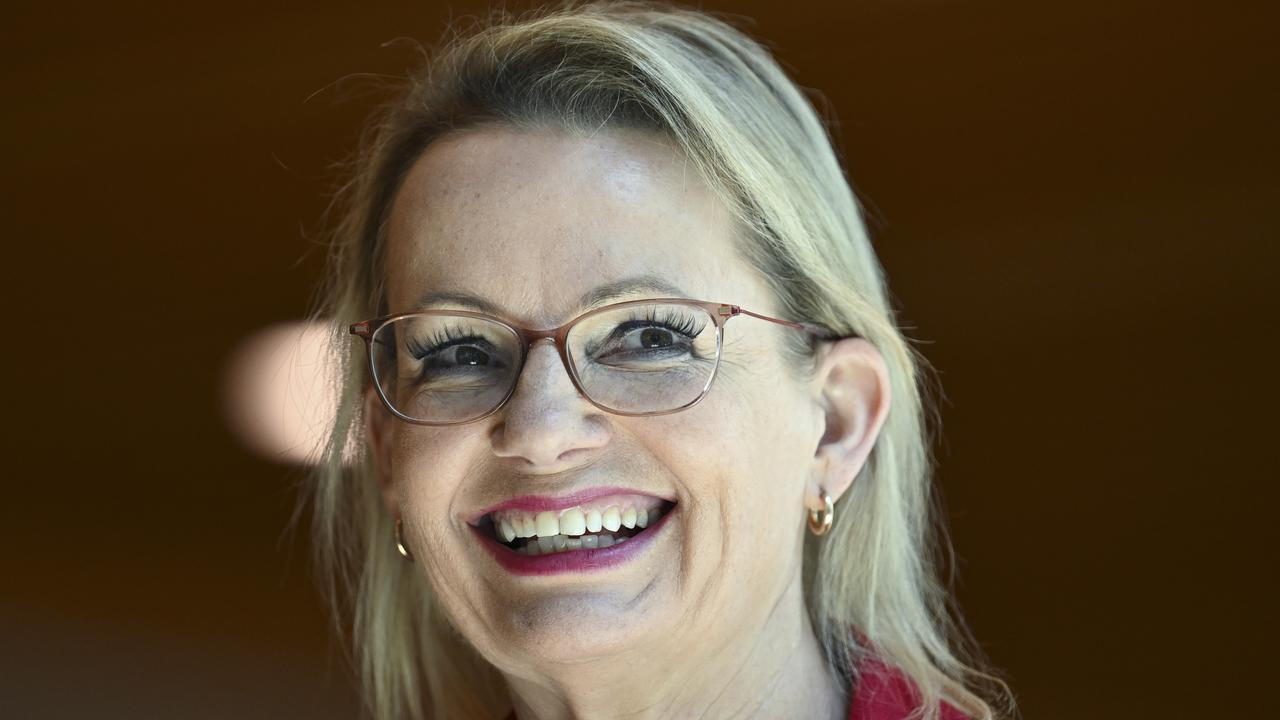Wind farms ruffling more than feathers
Environmentalists have tended to ignore threats to wildlife over renewable energy projects.

Environment groups have been too willing to ignore threats to eagles, other birds and wildlife if they conflicted with renewable energy projects, a former conservation leader has said.
Geoff Mosley, who spent 50 years with the Australian Conservation Foundation and was chief executive from 1973 to 1986, said Bob Brown was right to speak out for the eagles at the proposed Robbins Island wind farm in Tasmania’s northwest.
Dr Brown has shocked many with his objections after supporting earlier wind farm developments in the state.
“The line has become that to avoid climate change we are going to need 100 per cent renewables, so it is a long-term justification,” Mr Mosley said.
“The loss of species is regarded as unavoidable collateral damage. I don’t take that view at all. I take a view that we should care about birds and fauna that surround us now and not treat it as disposable.”
In past decades, the Australian Conservation Foundation has protested against wind farms including Bald Hills in Victoria. But this week the ACF said it could not say “definitively” whether or not it had ever opposed a wind farm without first checking historic records. A spokesman for Greens leader Richard Di Natale could not say how many eagle deaths would be acceptable.
The treatment of wind farm proposals is in stark contrast to protests over risks posed to the black-throated finch in Queensland by the Adani coalmine or threats to eagles by logging.
Former engineer and bird enthusiast Andrew Chapman said the attitude towards wind projects was typical of how environment groups had lost their corporate knowledge and way.
In an objection to Bald Hills in 2003, former ACF executive director Don Henry said wind towers at the project could have “an unacceptable impact on birdlife”.
ACF said at the time that it was generally supportive of increased renewable energy but this should have a “minimum impact on other environmental values”.
The Bald Hills wind farm was built and its first bird survey showed seven eagles were killed in the two-month survey period.
The Bob Brown Foundation has stepped up its campaign against the Robbins Island wind farm in Tasmania, which would be one of the world’s biggest.
Up to 200 wind turbine towers with blades stretching 270m into the air would be built, with electricity exported to the mainland.
The Hong Kong-based UPC Renewables project, which includes Robbins Island and Jim’s Plain, is located in a significant area for raptors and migratory birds. UPC said it has been conducting eagle surveys of both white-bellied sea eagles and Tasmanian wedge-tailed eagles nesting on Robbins Island.
It said there would be a 1km exclusion zone around each nest and it was also investigating the potential use of optical sensing technology. This would allow a specific turbine to be temporarily shut down if there were a collision risk.
But new analysis posted on the Bob Brown Foundation website said that eagle buffer zones were “window dressing”.
Foundation organiser Scott Jordan said “renewable must not mean a free pass”. He said more than 300 volunteers had occupied proposed logging coupes in the Tarkine rainforest in the state’s northwest for two years to defend two wedge-tailed eagle nests.
The proposed Robbins Island wind farm has seven such nests.
Mr Jordan said wind farms in Tasmania had a bad history of killing eagles. And specialists claim the number of fatalities from wind farms are routinely under-reported. The wind farm industry highlights research that shows bird fatalities are much higher from other causes, including domestic cats and flying into tall buildings.
Mr Jordan said there were just 350 breeding pairs of the endangered Tasmanian wedge-tailed eagles left. He said eagles were not the only species potentially threatened by the project.
The orange-bellied parrot and the swift parrot pass over Robbins Island, migrating to breeding grounds on the west coast of Tasmania. Two dozen endangered and critically endangered bird species listed under the Environment Protection and Biodiversity Conservation Act traverse, feed or nest on the island. The project will include a 170km-long, 60m-wide easement for high-voltage transmission lines and 400 transmission towers. “When UPC set out to build the largest wind farm in the southern hemisphere we all wanted to applaud this renewable milestone,” Mr Jordan said.
“Their decision to locate it on a site that can only be described as having the worst possible ecological outcomes means we must speak out for the voiceless.”
Professor Henry said it was “perfectly rational to be a strong supporter of renewable energy and also say that proposed projects should be subject to good planning and environmental assessment”.





To join the conversation, please log in. Don't have an account? Register
Join the conversation, you are commenting as Logout